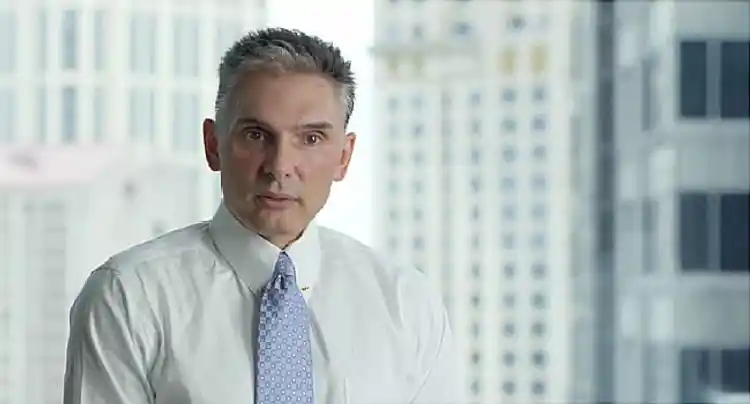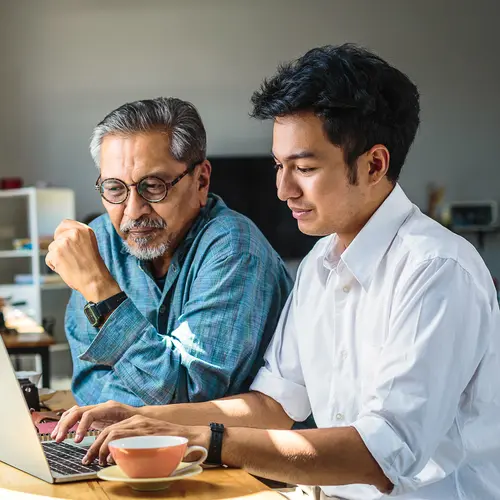Retrain Your Bladder

Hide Video Transcript
Video Transcript
K. Jeff Carney, MD
There's two important components to bladder retraining. The first of these components is to strengthen the muscles of the pelvic floor. These are the muscles which surround the bladder, and by strengthening these muscles, we can allow the patient to hold their urine for longer periods of time. K. Jeff Carney, MD cont
The second important component is to develop various biofeedback and relaxation techniques that allow the patient to relax the bladder. By combining relaxation of the bladder muscle with strengthening of the muscles in the floor of the pelvis, K. Jeff Carney, MD cont
then we can allow the patient to increase to time between trips to the restroom. We ask that when they first sense the urge to go to the restroom, that they contract these muscles and relax their bladder, and hold their urine for an additional 10 minutes, K. Jeff Carney, MD cont
then we can allow the patient to increase to time between trips to the restroom. We ask that when they first sense the urge to go to the restroom, that they contract these muscles and relax their bladder, and hold their urine for an additional 10 minutes, 